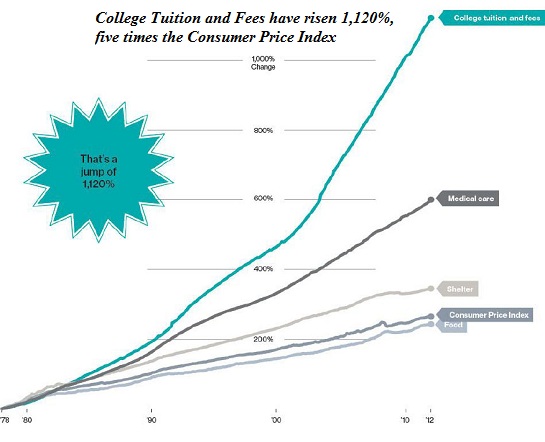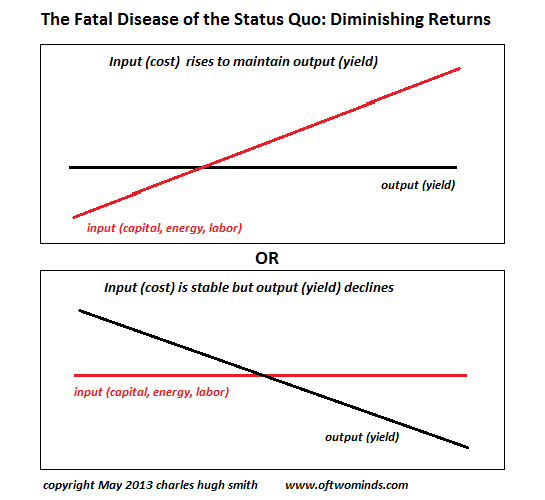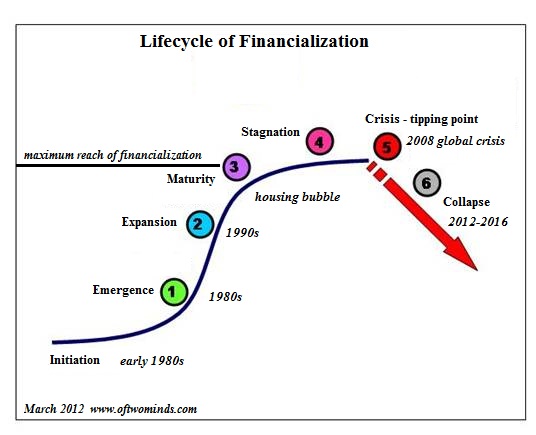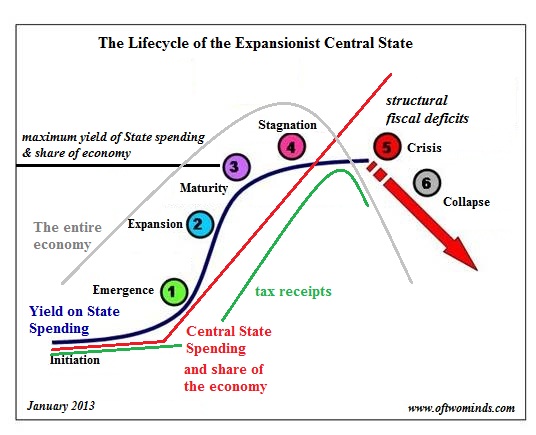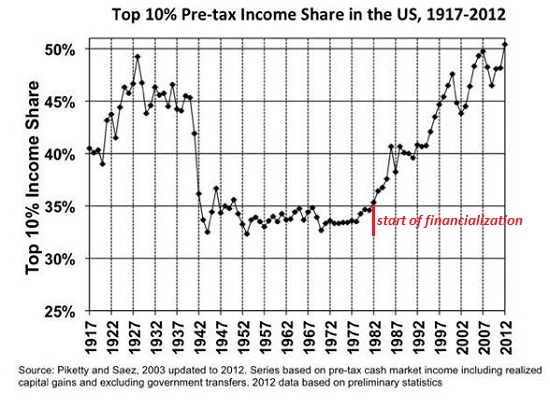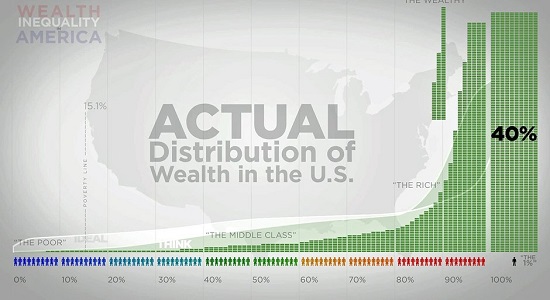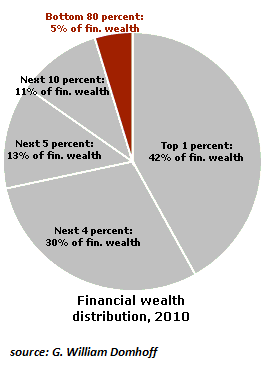Have We Reached Peak Putin?
The capture of a few pawns has cleared the chessboard, but the strategic choices already made have greatly reduced Putin's room to maneuver.
No tree grows to the sky. Once extremes are reached, trends reverse, often with symmetry: the decline often matches the ascent.
Which leads to an interesting question: have we reached Peak Putin?
Let's start our inquiry by noting that pundits from across the political spectrum are all busily chainsawing events up to fit into their little boxes of existing narratives:Cold War Redux, World War 3, neo-Nazis, etc.
One key driver of this stale parade of pre-packaged opinion is the instinctive urge to cheer for whatever team is on the field opposite the U.S. and President Obama.This natural urge leads to indefensible hypocrisy along the lines of "Brand X Imperialism bad, brand Y Imperialism good." If you oppose Imperialism and Great State meddling, then you can't oppose one brand of Great State meddling and support another brand.
Let's stipulate a few things to get them out of the way, so we can we proceed beyond the chainsaws and little ideological boxes.
1. All nations act in their own self-interest, and all states do so while claiming noble purposes that are patently absurd. To support one nation's actions in its self-interest while decrying another state's actions in its self-interest undermines one's claim to objectivity, to say the least. By all means, be a partisan, but lay open claim to being a partisan; anything less displays the same hypocrisy as that of self-serving states.
2. Crimea: done. the West had no leverage, and the U.S. hypocrisy was blatant: we favor democracy and self-rule only so long as the elections go our way. Uh, right.
3. Just because Ukrainians speak Russian doesn't mean they want to be annexed into Russia. Most Ukrainians speak both Ukrainian and Russian. By the logic of those claiming Russian speakers are naturally part of Russia, the U.S. could annex all of Canada (with perhaps the exception of French-speaking Quebec) on the grounds that Canadians speak English.
4. Desiring cordial economic and cultural ties with Russia is not the same as supporting annexation of Eastern Ukraine to Russia. The memory of those liquidated by Russians or given "tenners" in Siberian work/death camps has not yet been extinguished. All those convinced that Ukrainians want the warm and fuzzy embrace of Russia would do well to read the three volumes of The Gulag Archipelago by Aleksandr Solzhenitsyn:
The Gulag Archipelago: 1918-1956
The Gulag Archipelago 2
Gulag Archipelago 3
5. There is room for a non-neo-Nazi nationalism, but only if every nationalist isn't painted with a Neo-Nazi brush. There are reasonable nationalists in Ukraine but their voices aren't registering in the hyper-coverage of neo-Nazis, Western plans for World War 3, etc.
6. Being rabidly anti-American doesn't necessarily mean you have to automatically be rabidly pro-Putin. If you oppose Imperialism and Great State meddling, then be consistent if you want to retain any credibility.
If we set aside the Cold War Redux narrative, we are clear to see some interesting things that are neither pro nor con, they simply are.
1. Russia used its energy leverage over Europe with such great gusto that the blowback will reduce that leverage. Europe is scrambling to develop other sources of natural gas, and doing anything less would not be acting in Europe's self-interest.
2. Massing conscript troops and an army with limited ability to maintain its supply chain once inside Ukraine is another example of sparking blowback that will last for years and perhaps decades. Pressing your energy boot on Europe's neck was bound to create a strategic response, and massing troops on Ukraine's border has the same consequence.
3. While Putin's popularity is sky-high, domestic support for invading Ukraine is low. Should the poorly paid conscripts start coming home in body bags, Putin's domestic support will be revealed as an inch deep and a mile wide.
4. Russia's energy pacts with China and India are positive developments for Asian peace and development. China and India need more energy, Russia has surplus to sell--it's win-win not just for these nations but for the world. The peaceful trade of energy is a major plus for everyone.
5. But selling energy to Europe and selling energy to China and India are not equal: China and India have seen the way Russia has exploited its energy leverage in Europe, and Russia will find it has precious little political leverage over China and India, who will be sure to develop alternative sources of natural gas. The loss of political leverage over Europe will not be offset by an equivalent gain of leverage over China and India.
6. Russia has ruthlessly exploited its monopoly over natural gas by charging politically influenced prices: Poland, for example, pays a lot more for Russian natural gas than Germany, even though the gas flows through the same pipeline.
7. Once Russia loses pricing power in Europe, it will not gain pricing power over China or India. Those nations have other sources and cannot be held hostage in the same way Poland et al. are currently held hostage.
This means Russia will be earning considerably less per therm of energy once it ships natural gas to China and India.
Slowly but surely, the global natural gas market is becoming more integrated. Those currently charging cartel/monopoly prices will see their energy earnings decline.
8. In terms of national income, Russia is as dependent on energy earnings as any other "resource curse" oil exporter. The loss of pricing power in Europe and a decline in energy income will become headwinds for the Russian state.
9. Putin's domestic popularity flows from nationalist pride in the Olympics and in reclaiming Crimea. But now that those high points are past, Putin's options are not so lopsided in his favor.
Threatening (or invading) Ukraine reminds everyone in Europe why they fear Russia, and why Russia is not truly European. Domestic support in Russia for annexing part of Ukraine is low, for good reason: who wants to be responsible for the costs, financial and political?
10. Reclaiming Crimea makes for good theater and is a geopolitical plus, but it does nothing to reverse Russia's real problems, which include corruption, wealth inequality, low birth rates, etc.
11. Russia's military looks good on paper and in photos, but it's not as prepared to mount a sustained campaign within Ukraine as advertised. Asymmetric warfare doesn't respect lines on a map.
12. If Putin had set out to reinvigorate NATO, he would do exactly what he has done to date. Anyone thinking the U.S. Deep State is in despair about Putin's moves has it backwards: everything Putin is doing is fueling blowback and resistance in nations that were potentially friendly to Russia. Nothing tells you who your friends are quite like troops massing on your neighbor's border.
As a refresher, here's a map of pipelines connecting African natural gas fields to Europe.
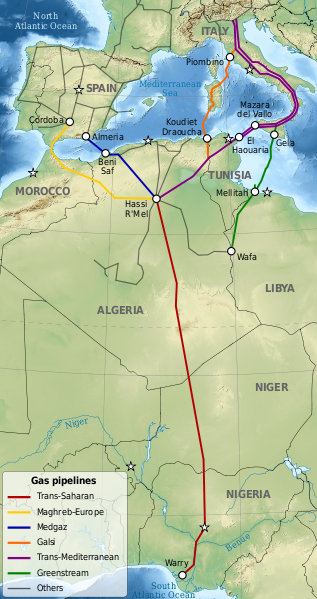
source:
Given the context laid out above, it seems increasingly likely that we've reached Peak Putin. The capture of a few pawns has cleared the chessboard, but the strategic choices already made have greatly reduced Putin's room to maneuver.
Ukraine: A Deep State Analysis (February 27, 2014)
Ukraine: Follow the Energy (March 4, 2014)
The Nearly Free University and The Emerging Economy:
The Revolution in Higher Education
Reconnecting higher education, livelihoods and the economyWith the soaring cost of higher education, has the value a college degree been turned upside down? College tuition and fees are up 1000% since 1980. Half of all recent college graduates are jobless or underemployed, revealing a deep disconnect between higher education and the job market.
It is no surprise everyone is asking: Where is the return on investment? Is the assumption that higher education returns greater prosperity no longer true? And if this is the case, how does this impact you, your children and grandchildren?

We must thoroughly understand the twin revolutions now fundamentally changing our world: The true cost of higher education and an economy that seems to re-shape itself minute to minute.
The Nearly Free University and the Emerging Economy clearly describes the underlying dynamics at work - and, more importantly, lays out a new low-cost model for higher education: how digital technology is enabling a revolution in higher education that dramatically lowers costs while expanding the opportunities for students of all ages.
The Nearly Free University and the Emerging Economy provides clarity and optimism in a period of the greatest change our educational systems and society have seen, and offers everyone the tools needed to prosper in the Emerging Economy.
Read Chapter 1/Table of Contents
print ($20) Kindle ($9.95)
Things are falling apart--that is obvious. But why are they falling apart? The reasons are complex and global. Our economy and society have structural problems that cannot be solved by adding debt to debt. We are becoming poorer, not just from financial over-reach, but from fundamental forces that are not easy to identify. We will cover the five core reasons why things are falling apart:
 1. Debt and financialization
1. Debt and financialization2. Crony capitalism
3. Diminishing returns
4. Centralization
5. Technological, financial and demographic changes in our economy
Complex systems weakened by diminishing returns collapse under their own weight and are replaced by systems that are simpler, faster and affordable. If we cling to the old ways, our system will disintegrate. If we want sustainable prosperity rather than collapse, we must embrace a new model that is Decentralized, Adaptive, Transparent and Accountable (DATA).
We are not powerless. Once we accept responsibility, we become powerful.
Read the Introduction/Table of Contents Kindle: $9.95 print: $24
| Thank you, Amir H. ($5/month), for your wondrously generous subscription to this site -- I am greatly honored by your support and readership. | Thank you, Anne B. ($25), for your most excellently generous contribution to this site -- I am greatly honored by your support and readership. |





















